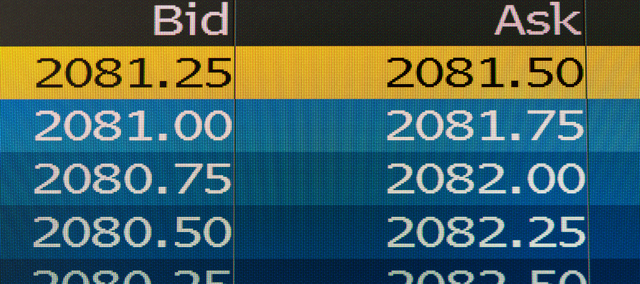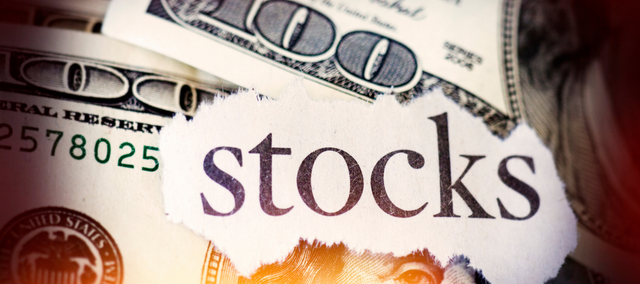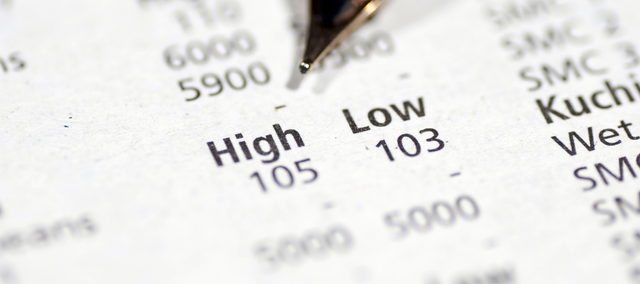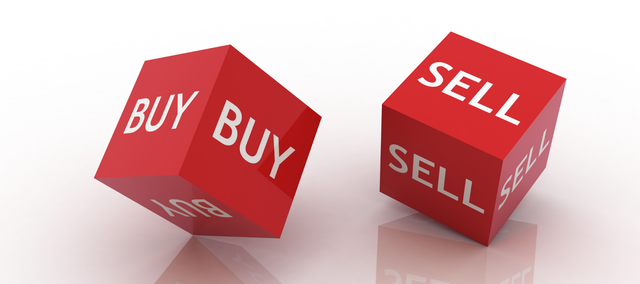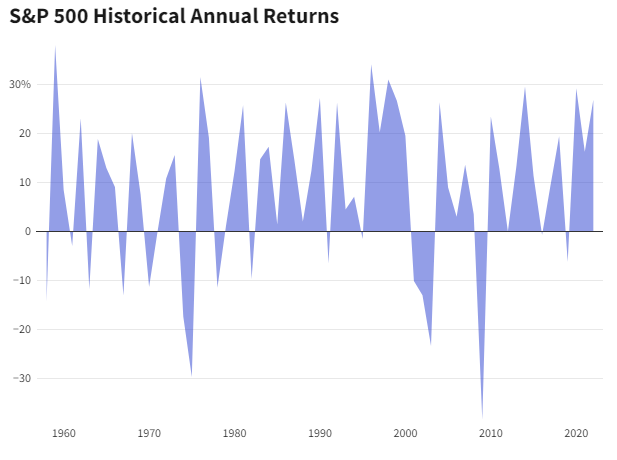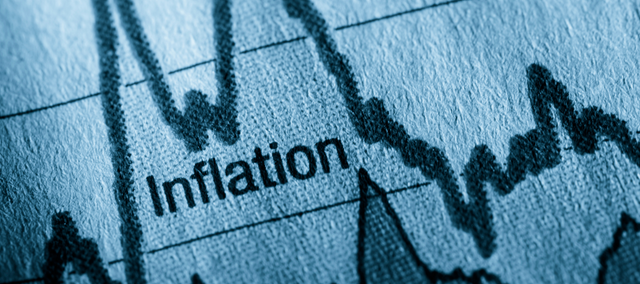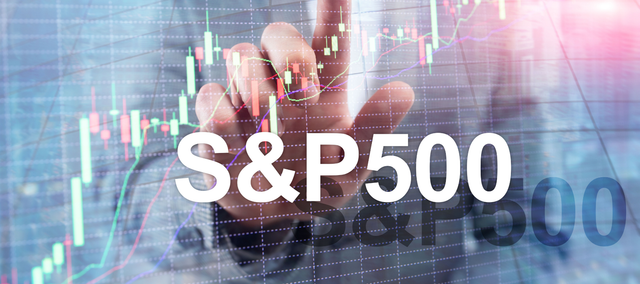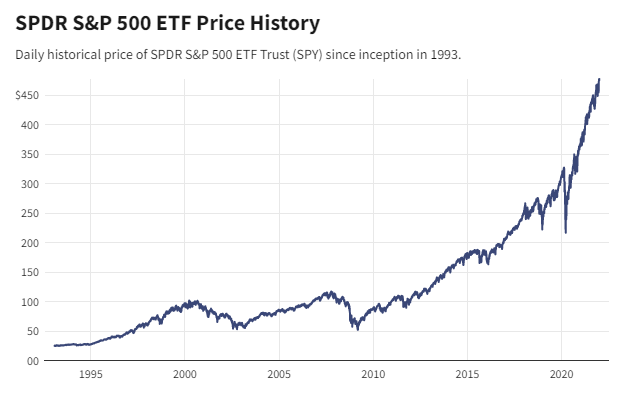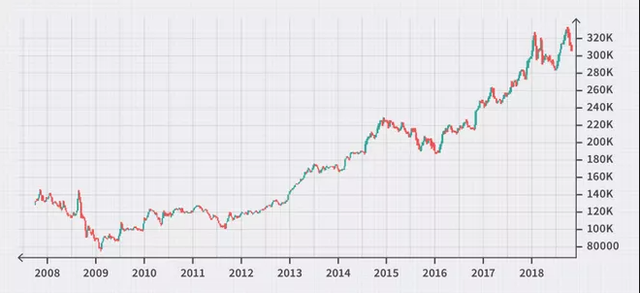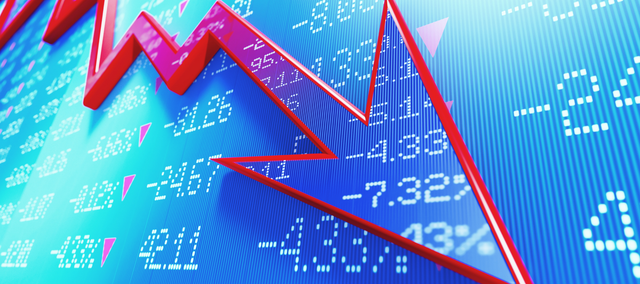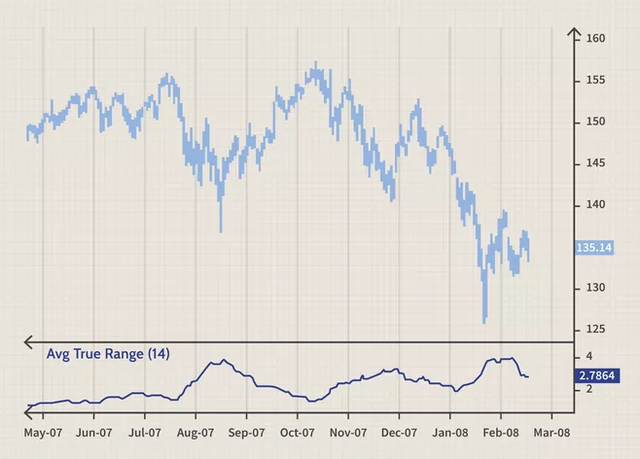SOLID ECN LLC
Solid ECN Representative
- Messages
- 511

They're easy to invest in, have low fees, and often perform very well
With a net worth of more than $82 billion, Warren Buffett is one of the most successful investors of all time. His investing style, which is based on discipline, value, and patience, has yielded results that have consistently outperformed the market for decades. While regular investors—that is, the rest of us—don’t have the money to invest the way Buffett does, we can follow his one of his ongoing recommendations: Low-cost index funds are the smartest investment most people can make.
As Buffett wrote in a 2016 letter to shareholders, “When trillions of dollars are managed by Wall Streeters charging high fees, it will usually be the managers who reap outsized profits, not the clients. Both large and small investors should stick with low-cost index funds.”
If you’re thinking about taking his advice, here’s what you need to know about investing in index funds.
What Is an Index Fund?
An index fund is a type of mutual fund or exchange-traded fund (ETF) that holds all (or a representative sample) of the securities in a specific index, with the goal of matching the performance of that benchmark as closely as possible. The S&P 500 is perhaps the most well-known index, but there are indexes—and index funds—for nearly every market and investment strategy you can think of. You can buy index funds through your brokerage account or directly from an index-fund provider, such as BlackRock or Vanguard.
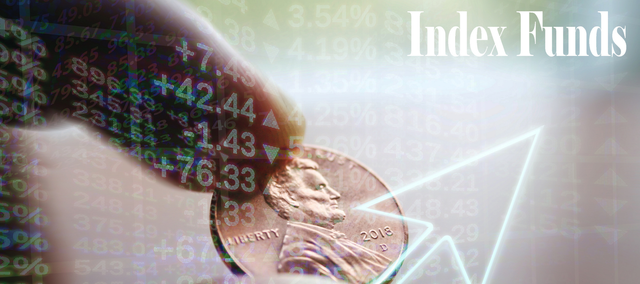
When you buy an index fund, you get a diversified selection of securities in one easy, low-cost investment. Some index funds provide exposure to thousands of securities in a single fund, which helps lower your overall risk through broad diversification. By investing in several index funds tracking different indexes you can built a portfolio that matches your desired asset allocation. For example, you might put 60% of your money in stock index funds and 40% in bond index funds.
The Benefits of Index Funds
The most obvious advantage of index funds is that they have consistently beaten other types of funds in terms of total return.
One major reason is that they generally have much lower management fees than other funds because they are passively managed. Instead of having a manager actively trading, and a research team analyzing securities and making recommendations, the index fund’s portfolio just duplicates that of its designated index. Index funds hold investments until the index itself changes (which doesn’t happen very often), so they also have lower transaction costs. Those lower costs can make a big difference in your returns, especially over the long haul.

“Huge institutional investors, viewed as a group, have long underperformed the unsophisticated index-fund investor who simply sits tight for decades,” wrote Buffett in his 2014 shareholder letter. “A major reason has been fees: Many institutions pay substantial sums to consultants who, in turn, recommend high-fee managers. And that is a fool’s game.” What's more, by trading in and out of securities less frequently than actively managed fund do, index funds generate less taxable income that must be passed along to their shareholders.
Index funds have still another tax advantage. Because they buy new lots of securities in the index whenever investors put money into the fund, they may have hundreds or thousands of lots to choose from when selling a particular security. That means they can sell the lots with the lowest capital gains and, therefore, the lowest tax bite.


